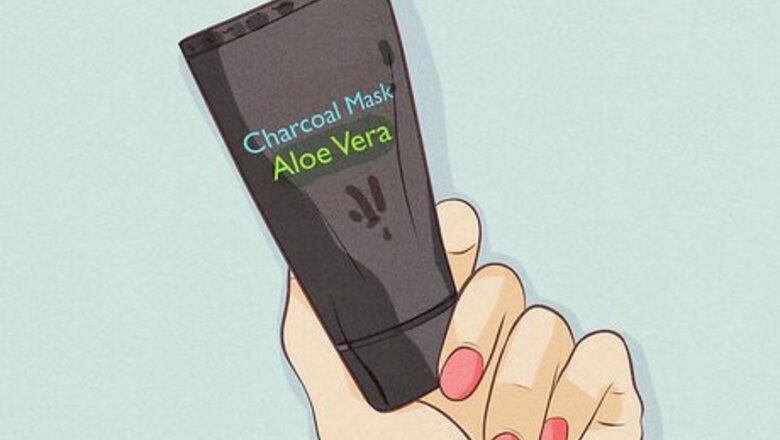
views
Preparing Your Face For the Charcoal Mask
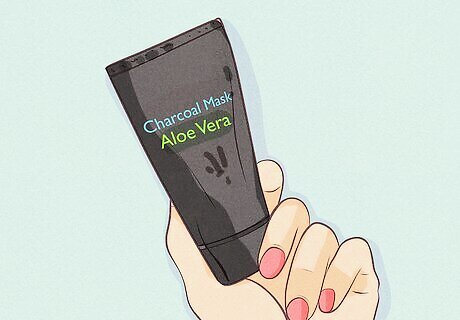
Select a high-quality charcoal mask. Buy a charcoal mask from a well-known skincare or makeup brand. Look for charcoal masks that contain activated charcoal, soothing agents (such as aloe vera), and essential oils that can calm the skin. If you choose to make your own homemade charcoal mask, avoid using superglue. Superglue contains ingredients that can cause the mask to harden, which will damage your skin when you remove it.
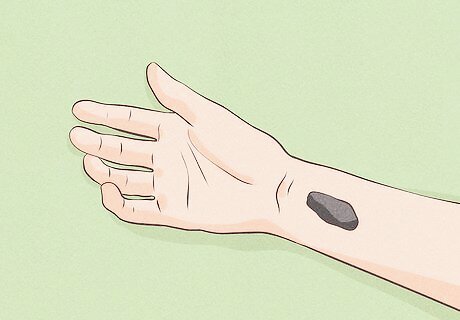
Test your skin for a reaction. Whether you're mixing your charcoal mask or purchasing a mask mixture, check your skin for allergic reactions or irritation before you apply it to your face. Apply a little of the mask onto your cheek or the underside of your wrist. Wait 10 minutes and check for signs of irritation. Signs of allergy or irritation include redness, swelling, hives, or itchiness.

Tie your hair back, if necessary. If you're concerned that your hair might swing into your face while you have the mask on, use a hair tie to pull it back. This will prevent your hair from sticking to the charcoal mask.
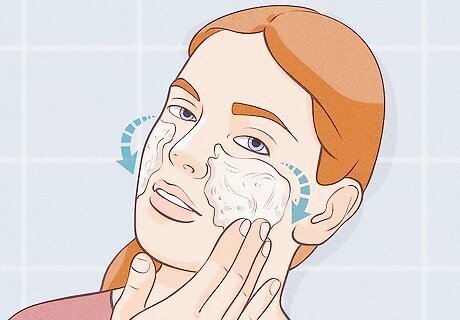
Cleanse and exfoliate your face before you use the mask. Use your favorite gentle cleanser to wash your skin. Washing your face removes dirt and oil on your skin to prepare it for the mask. To open your pores, you should also apply a mild exfoliant and rinse it off before you apply the mask.
Applying the Charcoal Mask to Your Face
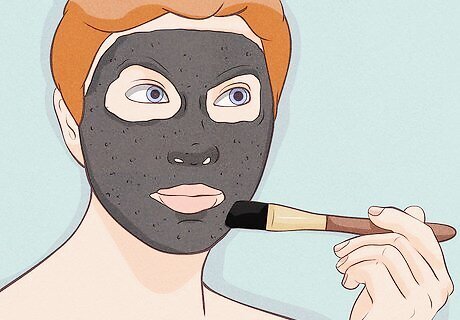
Spread the charcoal mask on your face. Squirt a quarter-sized amount of the mask into a small bowl. Dip a clean brush into the mixture and spread it evenly across your skin. You can apply it over your face or just on blemish-prone areas. Consider spreading it on your t-zone (between your nose and forehead) if you have acne or blackheads. You can use a wide, flat foundation brush or one made specifically for applying masks. If you don't have a brush, you can use clean fingertips to apply the mask. Try to be as gentle as you can when you spread the charcoal mask on blemish-prone areas to avoid irritation.
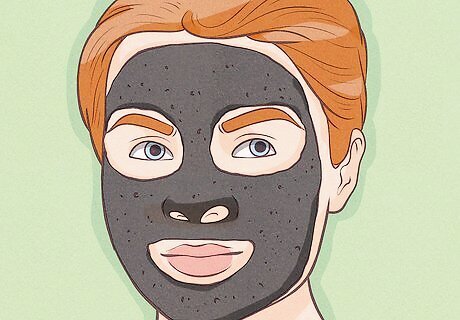
Avoid spreading the mask near your eyes and lips. Because the skin around your eyes and lips is delicate, don't apply the charcoal mask to them. Apply the mask while you're standing in front of a mirror. This way you can see exactly where you're spreading the mask.
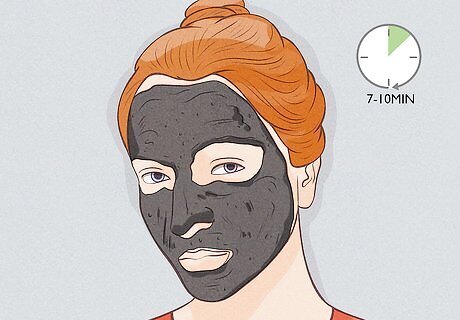
Wait for 7 to 10 minutes. The mask should dry completely and it will probably feel tight or itchy on your skin. If the mask begins to feel uncomfortable or painful, you should wash it off without waiting for the full 10 minutes to pass.
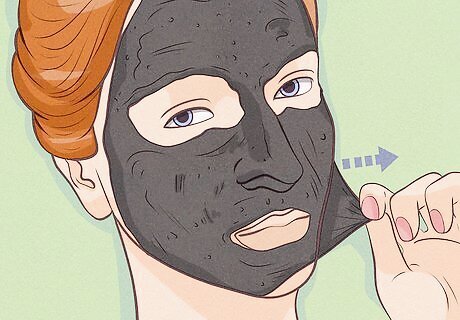
Peel off the charcoal mask. Start at the bottom of the mask and slowly peel upwards towards the top of your face. If you only applied the mask to your t-zone, you can peel near the sides of your nose and pull up towards your forehead.

Wash and moisturize after you use the mask. You might notice small bits of the black charcoal mask left on your face. Wash your skin with a gentle cleanser and rinse it off with cool water. Apply a gentle moisturizer that won't clog your pores and let your skin air dry.
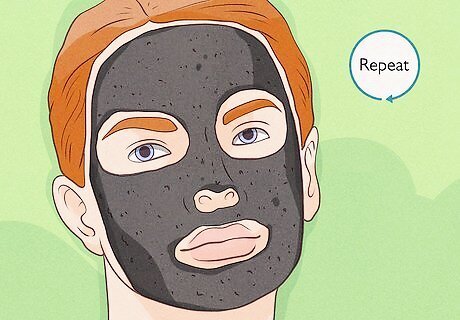
Use a charcoal mask every 2 weeks or less. To limit skin irritation, consider using the charcoal mask just when you have zits or blemishes. Because the charcoal mask will remove the topmost layer of skin and hair from your face, you should wait at least 2 weeks before doing another charcoal mask. If you have eczema or sensitive skin, avoid using charcoal masks, which could damage your skin.




















Comments
0 comment